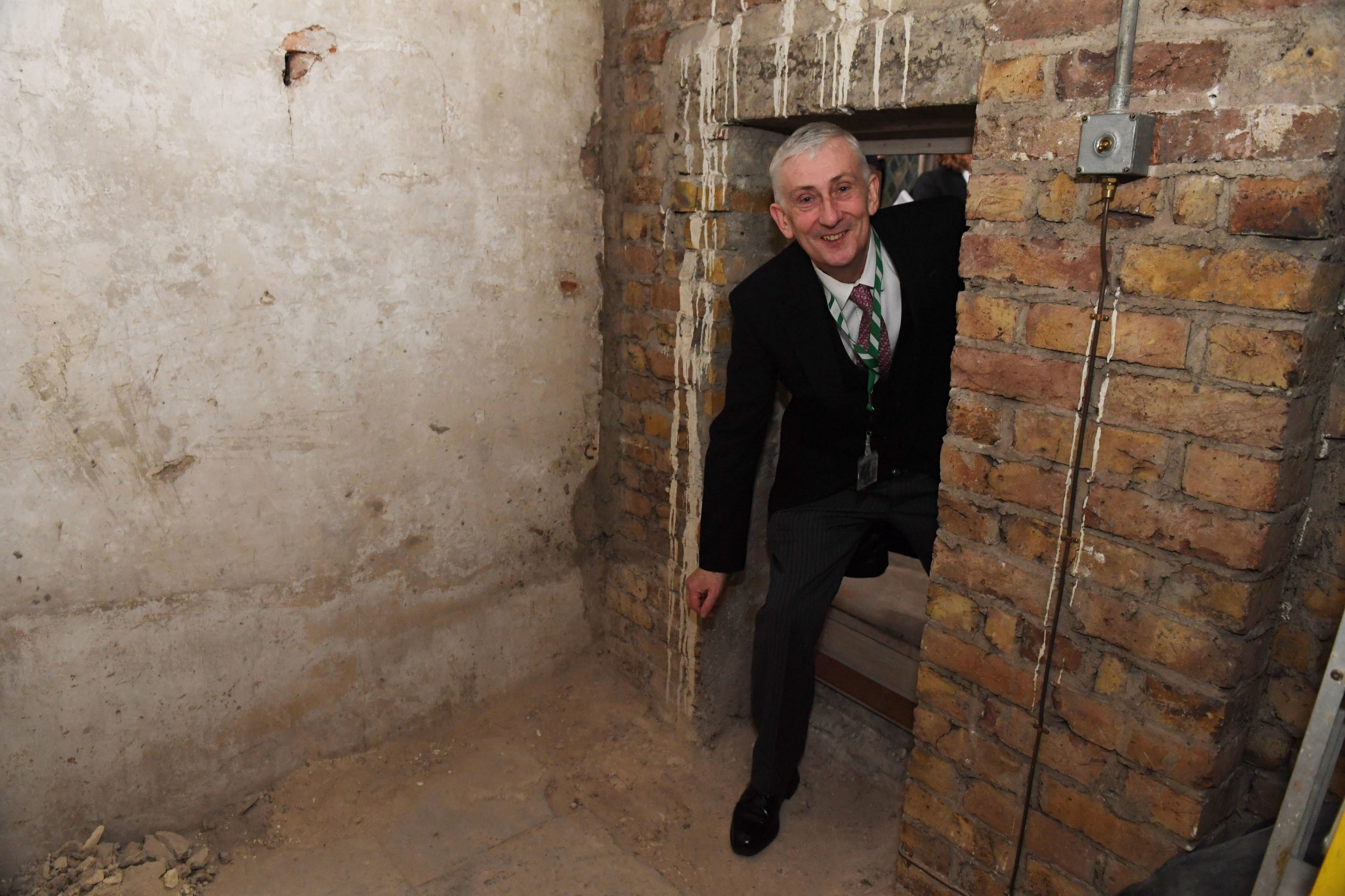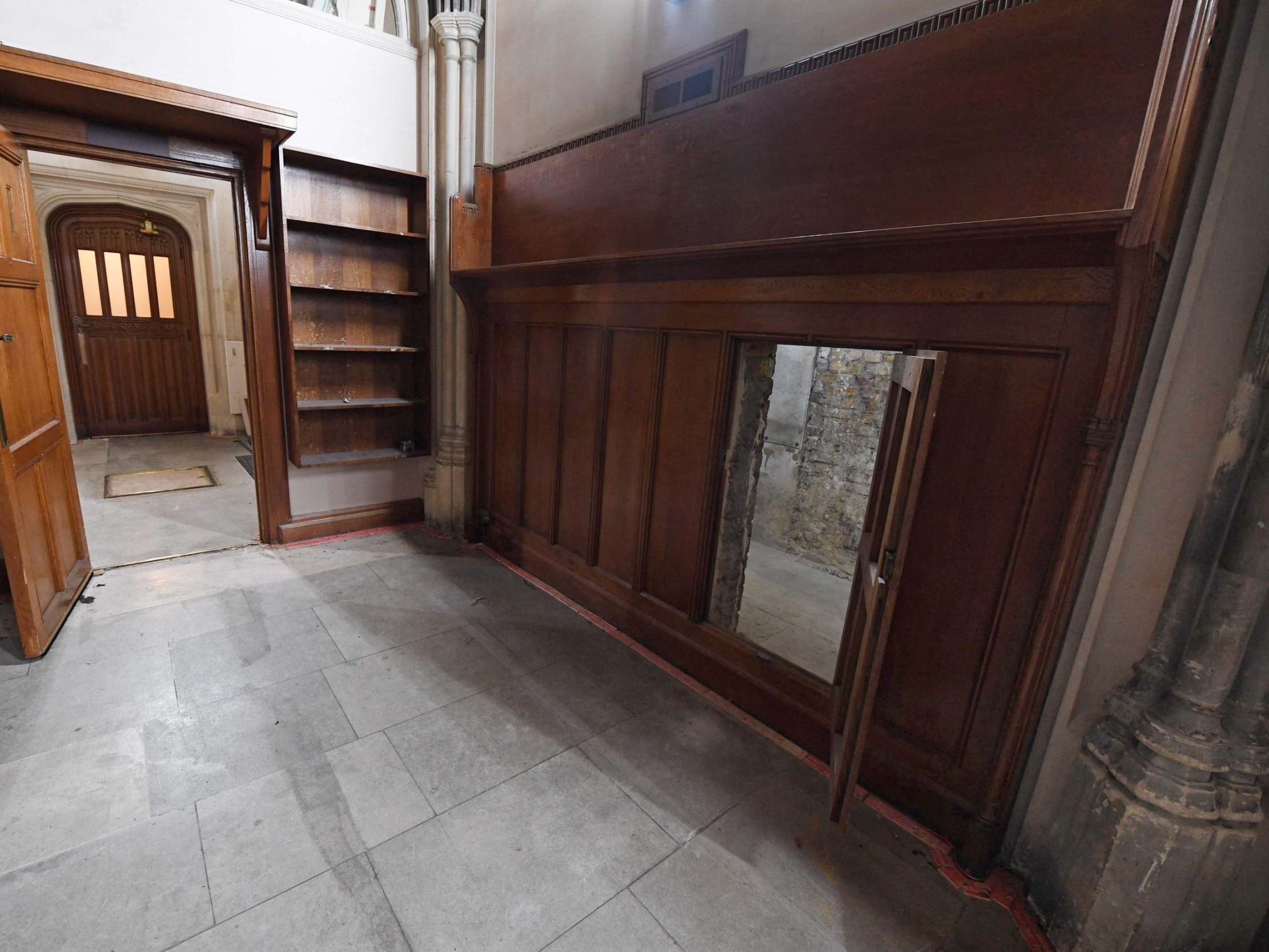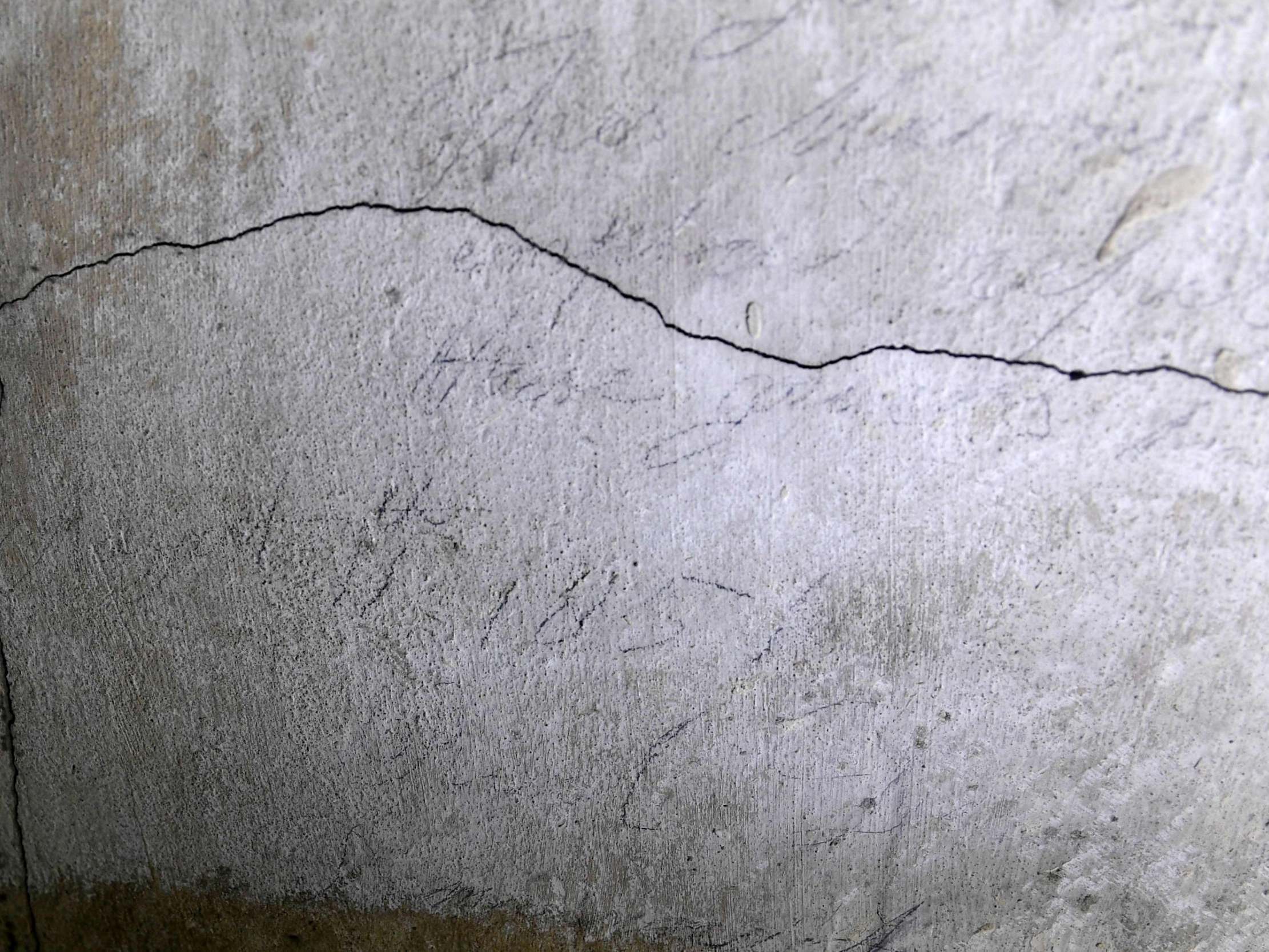Secret 360-year-old doorway uncovered during parliament restoration
‘To say we were surprised is an understatement – we really thought it had been walled-up forever after the war,’ says historian

Your support helps us to tell the story
From reproductive rights to climate change to Big Tech, The Independent is on the ground when the story is developing. Whether it's investigating the financials of Elon Musk's pro-Trump PAC or producing our latest documentary, 'The A Word', which shines a light on the American women fighting for reproductive rights, we know how important it is to parse out the facts from the messaging.
At such a critical moment in US history, we need reporters on the ground. Your donation allows us to keep sending journalists to speak to both sides of the story.
The Independent is trusted by Americans across the entire political spectrum. And unlike many other quality news outlets, we choose not to lock Americans out of our reporting and analysis with paywalls. We believe quality journalism should be available to everyone, paid for by those who can afford it.
Your support makes all the difference.Restoration work in the House of Commons has revealed a secret doorway used during a royal coronation in the 17th century and by notable politicians.
The entrance is believed to have been used by political luminaries including diarist Samuel Pepys, the first defacto prime minister Robert Walpole, and arch-rivals Charles James Fox and William Pitt the Younger.
Historians believe the 360-year-old doorway was made between 1660 and 1661 for the coronation banquet of Charles II, and the passageway it led into was used as part of the procession.
Following the fire which largely destroyed the Palace of Westminster in 1834, bricklayers helped architect Sir Charles Barry block the passageway on both sides in the restoration work – and left behind graffiti.
Messages on the wall left by the men included: “This room was enclosed by Tom Porter who was very fond of Ould Ale”, and: “These masons were employed refacing these groins… [which meant ‘repairing the cloister’] August 11th 1851 Real Democrats”.
According to Mark Collins, parliament’s estates historian, the “Real Democrats” graffiti suggested the group were part of the working class male suffrage Chartist movement, which called for political reform in Britain from 1838 to 1857.
Mr Collins said: “It’s quite incredible how this writing has survived and can be read so easily, despite having been scribbled in pencil.
“We would love to hear from any descendants of Tom Porter or his colleagues and invite them to see where their relatives once worked.”
Another surprising feature of the passageway was a light switch that was probably installed in the 1950s following more restoration work in the palace after the Second World War.
The switch still worked and served to illuminate a large Osram bulb marked “HM Government Property”.
Speaking about the discovery, Liz Hallam Smith, the team’s historical consultant from the University of York, said: “We were trawling through 10,000 uncatalogued documents relating to the palace at the Historic England Archives in Swindon, when we found plans for the doorway in the cloister behind Westminster Hall.

“As we looked at the panelling closely, we realised there was a tiny brass keyhole that no one had really noticed before, believing it might just be an electricity cupboard.
“Once a key was made for it, the panelling opened up like a door to this secret entrance.”
Mr Collins said: “To say we were surprised is an understatement – we really thought it had been walled-up forever after the war.
“The mystery of the secret doorway is one we have enjoyed discovering – but the palace no doubt still has many secrets to give up.
“We hope to share the story with visitors to the palace when the building is finally restored to its former glory, so it can be passed on down the generations and is never forgotten again.”

House of Commons Speaker Sir Lindsay Hoyle was the first senior member to visit the discovery and said: “To think this walkway has been used by so many important people over the centuries is incredible.
“I am so proud of our staff for making this discovery and I really hope this space is celebrated for what it is: a part of our parliamentary history.”
The Palace of Westminster, which is used by both the House of Commons and the House of Lords, has been undergoing refurbishment which is estimated to be completed by the 2030s and is due to cost £4bn.
Join our commenting forum
Join thought-provoking conversations, follow other Independent readers and see their replies
Comments